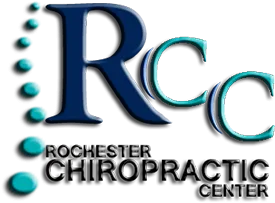
If you are dealing with long-term chronic pain, it is likely that the last thing you want to think about is exercising. However, staying physically active is important for your overall health and in preventing the onset of other conditions like heart disease and obesity.
An appropriate exercise program can also relieve symptoms associated with chronic pain by boosting your body’s pain-fighting chemicals. It may also reduce your risk of sustaining certain injuries and of developing chronic pain after an injury.
Benefits of Exercise for Pain Relief
In addition to helping you maintain a healthy weight and strengthening your muscles and heart, exercise provides other benefits for people with chronic pain, including:
- Reduction in muscle spasms
- Decrease in inflammation in the joints
- Improved spinal alignment
- Strengthened muscles around your joints
- Prevention of atrophy of your muscles
- Increased ability to carry out everyday activities
- Boost in your mood
- Improved quality of life
Types of Pain Helped by Exercise
Exercise may help alleviate pain associated with many types of conditions, including:
- Arthritis
- Certain back problems
- Fibromyalgia
- Certain neck problems
- Osteoarthritis
How Much Exercise Do You Need?
To gain the benefits of exercise, you should aim for at least 150 minutes per week of moderate-intensity physical activity. This includes walking, swimming, bicycling or water aerobics.
In addition to this aerobic exercise, you should do two or more days per week of muscle strengthening exercise. This should work all the major muscle groups of the body, including the arms, shoulders, abdomen, chest, hips and legs.
It is also beneficial to stay physically active throughout the day. This can be done by walking or biking to work, parking farther from the shopping center entrance, taking periodic walks, gardening or taking the stairs instead of the elevator.
Choosing an Exercise Program That’s Right for You
If you have had a recent injury or suffer from chronic pain, the first step is to visit your primary care doctor for an exam. He or she can suggest an appropriate medical plan to treat your injury or alleviate your chronic pain. Your treatment plan might include visiting your chiropractor and starting an exercise program to help relieve your symptoms. Your chiropractor and primary care physician can work together to develop an exercise program that is suitable for your individual needs.
